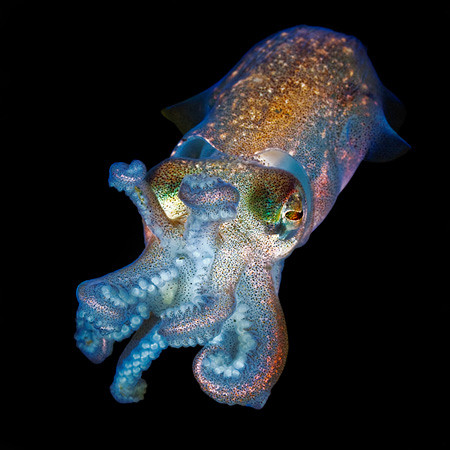
This one is a little more self-reflective. It’s all I have time for and is an attempt to find a way out a problem.
The problem is how to make writing move with my subject, which itself is unclear, and which is moving and thin: infrastructure and art. Description of the various forms this throws up is too fixed, and outlining some of the frameworks through which infrastructure can be described leaves the detail out of the resulting forms and practices.
It feels like the problem of writing without an object. But what is the object when talking about what shuttles between the material and symbolic as Marina Vishmidt describes it?
As Keller Easterling has written (Extrastatecraft, 2016), one approach is through stories. Stories of both intent and outcome, of a gap between stated aims and actual, recordable effects (though what one chooses to measure defines how one views the gap in outcome). How these stories diverge offers for Easterling a means to outline her overall framework: Extrastatecraft.
Similarly, Benjamin Bratton writes of The Stack, a metaphor or narrative that aligns the processes of computational infrastructure with its intent (to interoperate) with its effects (to circumvent traditional institutional forms of organisation and power).
In both these cases, this narrative enables Bratton and Easterling to move with a degree of certainty around what is instituted by infrastructure in the context of their objects: computation and urban design.
In my case what is the object? Preliminarily, infrastructuring as means of escaping institutionalisation. This is complicated by being applicable to both art practice and its organisation, in which art is a sort of infrastructure, with this practice converging around re-structuring of the social imaginary.
In part this is because infrastructuring requires a certain degree of interface between instituted forms and so enables a shuttling between material and symbolic: the larger question is how to both steer this, and if this shuttling can occur beyond the disciplines of art. To infrastructure beyond those invisible ones of art.
What are the stories or narrative forms helpful here?
— Art as an infrastructure is certainly one;
— As are the infrastructures already at play in supporting art;
— But more speculatively we can also look to infrastructuring as intervention
This then requires some construction: What are it’s visible elements? How do they arrange together? Can this be wrapped in a wider approach as with Extrastateacraft that can form the basis of an analysis and counter approach; or do they need an organisational metaphor such as The Stack before which to analyse its intersection with pre-exisiting institutions and infrastructures?The problem is mercurial and shimmering, not helped by the constant return to the fixed spaces of institution, exposition and critique in art. Here is the functional gap or operational hypocrisy of the autonomy of art: its particular infrastructures allow it to produce a new seemingly without changing. What stories are already in interplay (for example the productive imperative of art, understood as creating ex nihilo — how might it interface design, which responds to extant problems or briefs)?
This construction is central to the act of instituting (Pottage) as it is to infrastrucutring, the task is then two fold: to uncover these and to model new ones and thus new models for art’s infrastructures.
If the object is an approach, then we need a framework that can describe effects, actors, and organisational metaphors: from here it will be possible to outline a practice.
What comprises this framework, and what form will it take?
Regarding practice: perhaps it is also the case that the above framework can only proceed as and through a certain infrastructuring. If this begins from the difficulty of writing this object as approach, perhaps this means writing must also be a sort of infrastructuring? Lining up ideas while designing a frame to make them operational to this slippery object.
— Perhaps then, the difficulty comes from trying to map other infrastructural metaphors onto the practices I am interested in. Their particular strategy is the object; the effects are how to know infrastructure through art, and perhaps intervention into it. The first task is to know infrastructure through art as a kind of infrastructuring, and an institutional perspective — however expanded — is not enough.